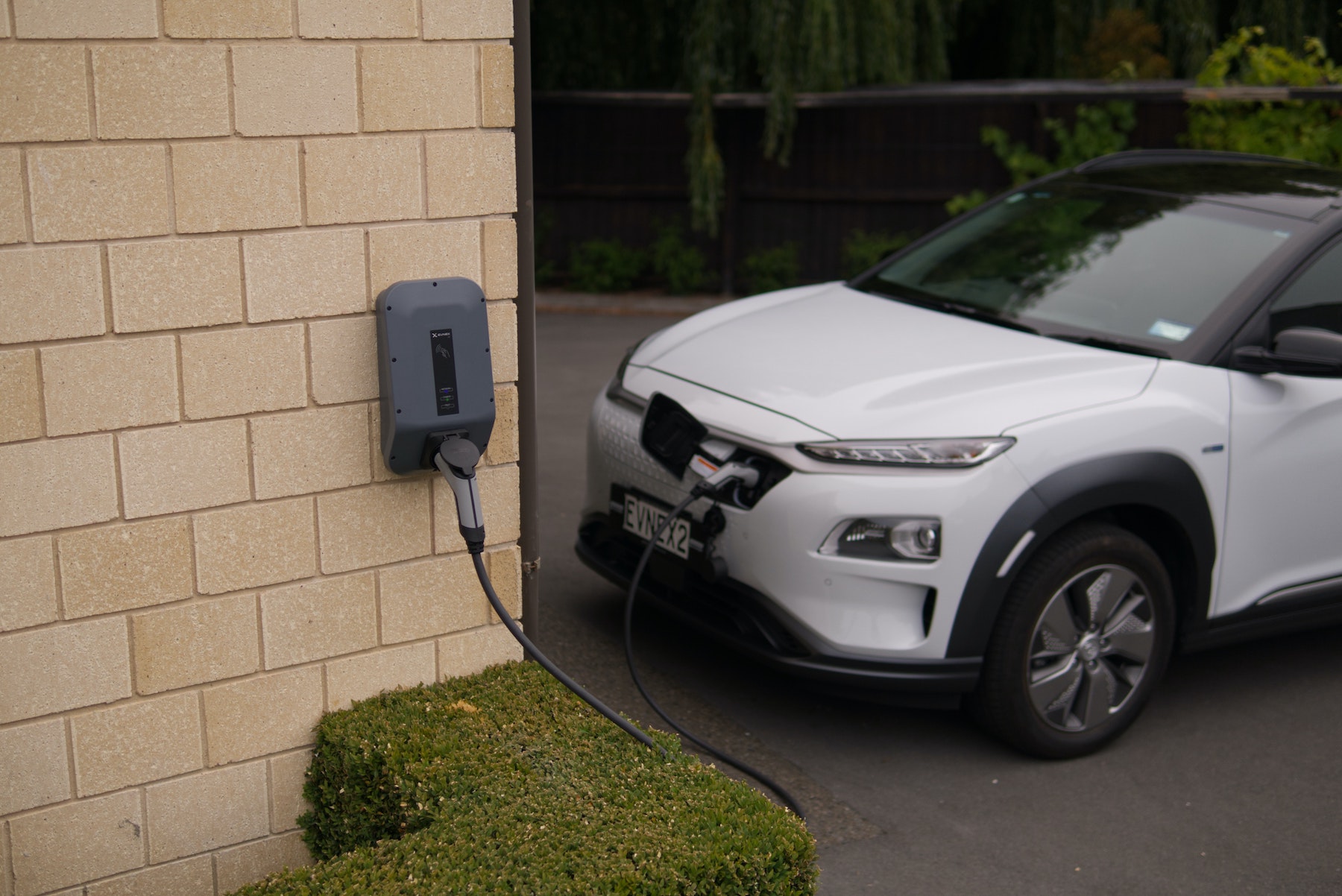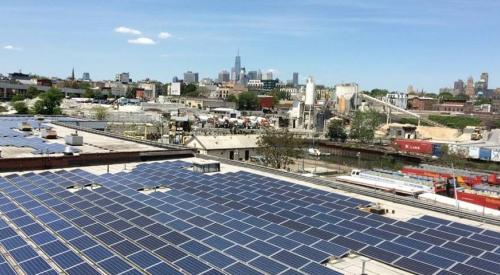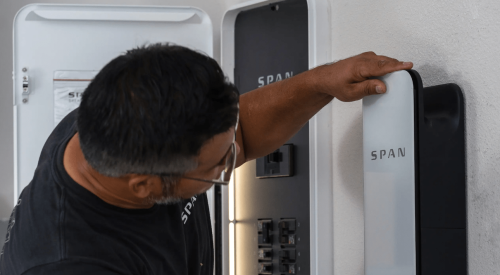Tech giants like Tesla and Ford Motor Co. have undoubtedly changed the game when it comes to motorized vehicles. Electric cars and SUVs are only increasing in demand, and if the current administration has anything to say about it, we might just be seeing more of them on the streets in the coming decade.
Though the sound of ditching gasoline altogether and opting into a fully-electric society sounds appealing to some, it’s still a heavily debated topic in the U.S. However, recent innovations in this technology may just shift the mindset of some Americans.
Wallbox, a smart electric vehicle (EV) energy management provider/manufacturer, is just one of few companies that have implemented a bidirectional charging system for EVs. But, what exactly does this mean?
WHAT IS BIDIRECTIONAL CHARGING?
Bidirectional charging is, quite simply, charging that flows both ways. In addition to transferring energy from the grid into the EV, the vehicle can also send it back. This works through converting the AC (alternating current) electricity that comes from a charging station, into DC (direct current) electricity for the car to use.
The bidirectionality comes into play with a bidirectional EV charger—these allow the car to convert the energy back to AC electricity that either goes back into the grid, or even the house it’s connected to.
What this means for homeowners, then, is that their car can serve as an additional source of energy. This may be useful for a number of reasons, including sustainability, backup power, and as another way to strive for near net-zero homeownership.
THE BENEFITS OF VEHICLE TO HOME (V2H) CHARGING
Homeowners might find that a bidirectional charging system for their EV could decrease their overall energy bill. Those who use renewable energy sources such as solar panels would have the ability to save some extra energy into their vehicle, and use it later. In areas where energy use costs are varied throughout the day, the homeowner could collect extra energy into their electric vehicle at low-cost times, and use it later when it would normally be more expensive.
Another benefit is using the EV as a backup generator of sorts. In the case where a power outage occurs, the homeowner could still use their microwave, keep their fridge cool, and charge their devices thanks to their vehicle.
It’s also possible that the bidirectional charging method may actually provide financial rewards to those using the technology. Electric cars could theoretically be used by energy providers during peak hours to sustain the demands of the grid—and they might even pay you for your hands-free compensation.
Though the technology of bidirectional charging—even electric-powered vehicles—is still fairly new, it yields promising results for those who are energy-conscious. However, America just might not be ready for it yet.
COULD WE HAVE AN ELECTRIC VEHICLE REVOLUTION?
Our current infrastructure is currently unequipped to handle a fully EV society. With 45-minute charge times, electric cars require a lot of patience to fill, with less than a lot of stations available.
Any American can find a gas station nearby, as there are more than 136,000 of them in the U.S. alone. According to the Department of Energy, there are just under 46,000 electric vehicle charging stations across the country.
But for those who want to make it work, a bidirectional charging station in their very own garage might help alleviate some of these concerns. There’s no doubt that the car of the future is fully-electric. The question lies in our ability to create sustainable infrastructure, and how fast it takes to make this a reality.














